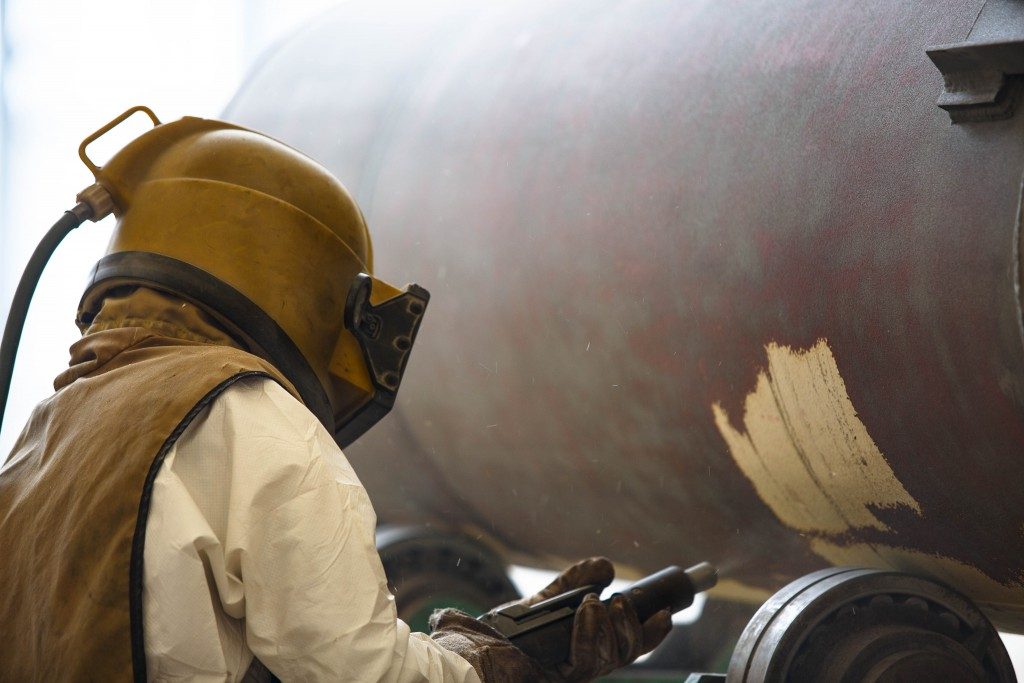 While there are three different types of sandblasting methods available today, they all have one concept-sandblasting — but can be used on different surfaces.
While there are three different types of sandblasting methods available today, they all have one concept-sandblasting — but can be used on different surfaces.
Note that sandblasting can be catastrophic when not used correctly and in the right setting. Thus, professional help and product precautions must always be observed. That said, before identifying which sandblaster to use, here are details on all the three types.
Gravity fed
With this gravity fed gun, the sand is channelled into the gun barrel from the top through the application of the law of gravity. On top of the gun, there is a hopper that holds the sand supply as you continue working. Upon pulling the trigger, the sand is pushed out giving room for more sand to fall out of the hopper and get into the barrel for the continuation of the process. Upon releasing the trigger, the space between the hopper and the barrel closes to lock in the remaining sand in the hopper for use on another day.
Siphon Sandblaster
This method uses suction as its major source of power within the siphon sandblaster system. Here, the gun is joined with two hoses, one to the sand reservoir and the other to an air compressor. When air is introduced, a suction is created via the gun, thus pulling the sand out through the barrel. This type is best used for large projects.
Pressure Blaster
This method applies a sand-filled canister that is under high pressure. The canister is then joined to a gun through a special pipe. Upon pulling the trigger, the air and the sand come off the canister at the same time. Note that the operation cost of this method is quite high, as the canister cannot be refilled once used. It is therefore recommended for use in small projects.
Regardless of the category, sandblasters are available in various sizes ranging from small hand-held models that are used to remove rust and paint from cars to large truck-mounted types that are used for sandblasting an entire building. Note that the size of a sandblaster affects its mobility and ease of use.
